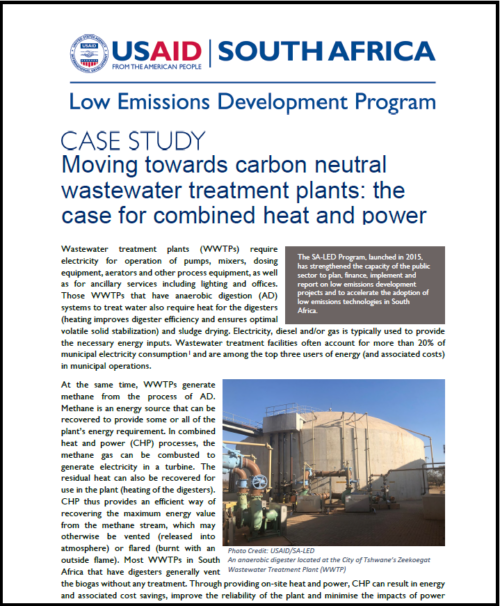Case Study – Moving Towards Carbon Neutral Wastewater Treatment Plants: The Case for Combined Heat and Power
Wastewater treatment plants (WWTPs) require electricity for operation of pumps, mixers, dosing equipment, aerators and other process equipment, as well as for ancillary services including lighting and offices.
